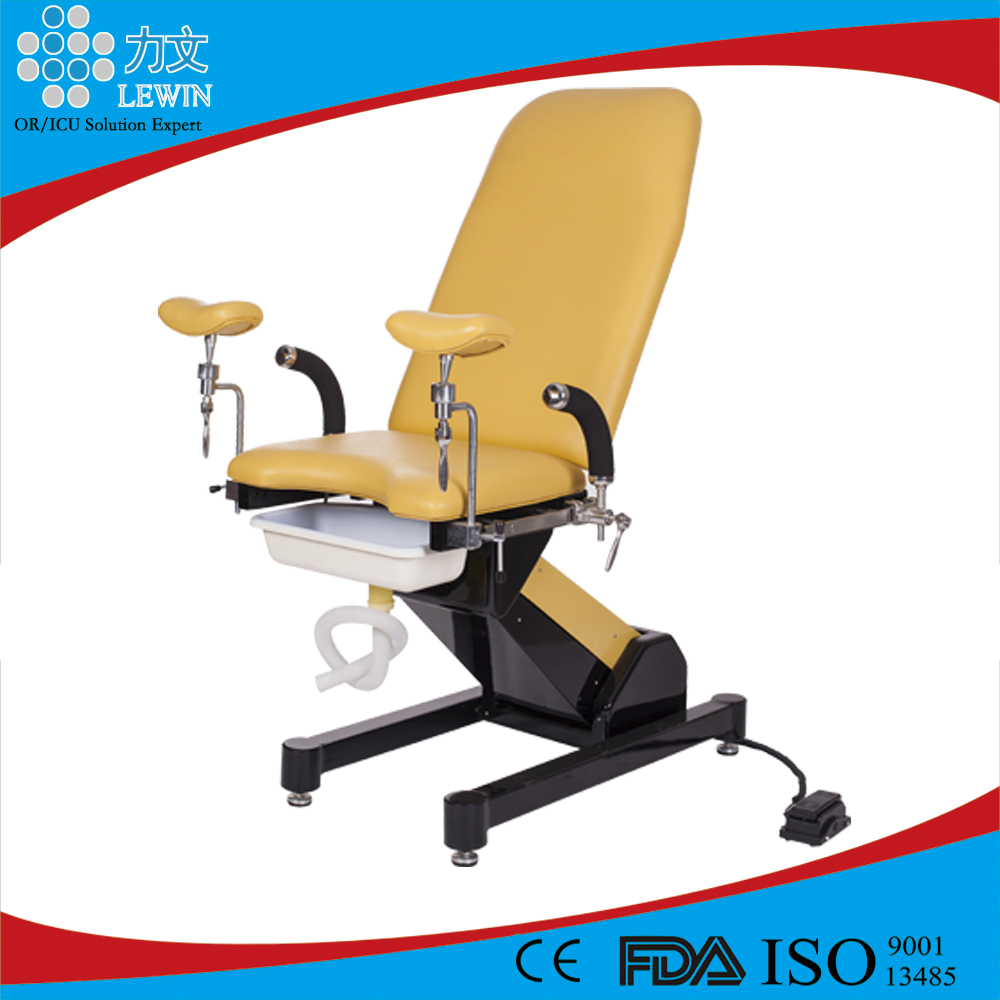Release date: 2010-09-26
According to the September 12 issue of Nature Materials, two independent US research groups have recently developed artificial skins that are sensitive to light touches in different ways. New artificial skin can eventually be used to make prosthetic or touch-enabled robots.
Both systems can detect pressure changes below 1 kPa. The pressure of this size is only equivalent to the feeling that people usually type with their fingers or pick up a brush. Previous systems were only able to detect tens of thousands of pascals, or only induced static pressures of tens of Pascals.
The raw material used by the famous Chinese chemist Bao Zhenan and colleagues at Stanford University in the United States is the elastic polymer polydimethylsiloxane (PDMS). They measured about 6 square centimeters of PDMS and filled it into rubber to make a capacitor. When squeezed, the capacitance of the device will change. The researchers then connected the PDMS capacitor to the organic transistor to measure the change in current. The results showed that the device clearly felt the pressure on which a blue fly or butterfly fell. Although this device is very sensitive, it cannot be applied to a prosthesis because it cannot be stretched at present. Bao Zhenan expects that elastic artificial skin that can be applied to prosthetic limbs will come out at the end of this year. However, she said that there is still a long way to go to create biocompatible artificial skin.
Another artificial skin was developed by Ali and colleagues at the University of California, Berkeley. They used contact printing technology, and they used grid semiconductor nanowires to create a very flexible pressure-sensitive rubber that senses resistance changes under pressure.
In a square grid of about 7 square centimeters, cross-sectional nanowires can act as transistors. Each transistor acts like a pixel and reads out the change in current caused by pressure at each location. Since the device is mainly composed of rubber, it can be bent; and because it is a very small inorganic semiconductor, the device is also very flexible. The scientist bent it into a U shape, and the sensor was still effective when there was only a gap of 5 mm at the upper end.
Scientists say that real artificial skin should be similar to human skin, not only can be perceived as pressure, bendable, elastic, but also have many other functions, such as the ability to feel the pressure generated by the side pressure such as scratching like human skin. Can be integrated with the human brain and so on.
However, scientists believe that artificial skin will soon be used in the field of robotics, and may have the common features of both devices. Scientists believe that although the creation of real artificial skin is still facing enormous challenges, the work of the two research groups has brought humanity into the era of smart materials.
Source: Medio Medical News
This obstetric examination bed is suitable for obstetrics and gynecology for parturition;
also suit for after the birth of observation and implementation of gynecological examination, diagnosis and operation;
The exam table is easy to operation, table up and down by electric control, back plate controlled by gas spring;

Obstetric Examination Table,Gynecology Examination Table,Obstetric Exam Table,Ce Approved Obstetric Examination Table
Shandong Lewin Medical Equipment Co., Ltd. , https://www.lewinmed.com